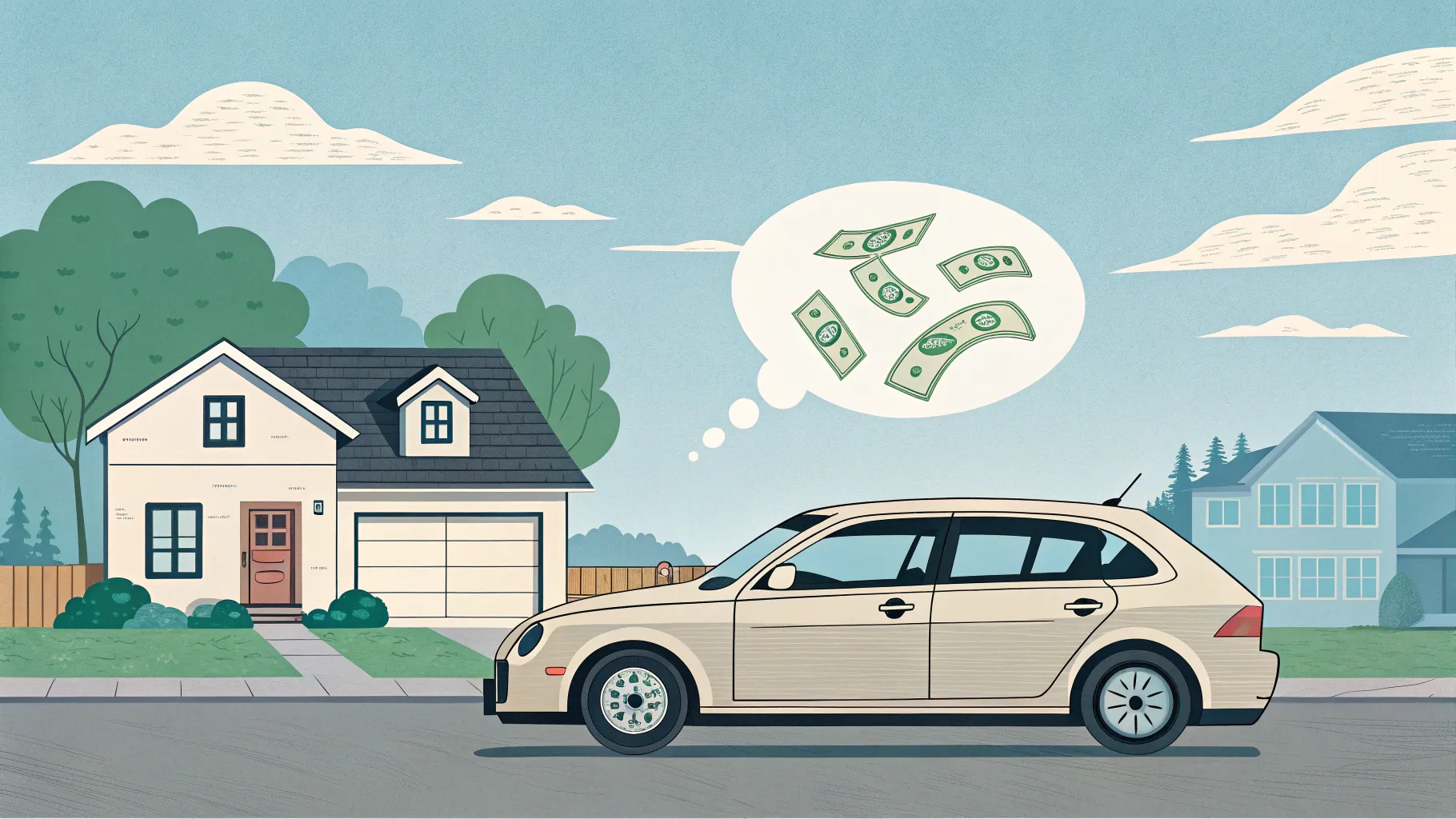A social media user recently shared their experience of reducing car insurance costs from $1,056 to $597 by implementing advice found on TikTok. This significant saving raises the question: can others achieve similar reductions in their insurance premiums?
The answer depends on several factors and strategies that many consumers overlook. While insurance rates vary based on location, driving history, and vehicle type, there are several approaches that might help lower monthly payments.
Effective Strategies to Reduce Car Insurance Costs
One of the most straightforward methods to decrease insurance expenses is bundling multiple policies. Combining car insurance with home or renter’s insurance often results in discounts from providers. However, these savings aren’t automatically applied—customers need to specifically request information about bundling options.
Regular comparison shopping proves essential for finding the best rates. Insurance experts recommend obtaining quotes from different companies every six to twelve months. This practice helps consumers stay aware of competitive offers and potential savings opportunities.
Several online tools facilitate this comparison process:
- The Zebra
- Gabi
- Compare.com
- Common Insurance
These platforms allow users to compare multiple insurance quotes simultaneously, making it easier to identify the most cost-effective options without spending hours contacting individual companies.
Adjusting Policy Details for Additional Savings
Another strategy involves modifying policy details, particularly the deductible amount. Increasing the deductible—the amount paid out-of-pocket before insurance coverage begins—can substantially lower monthly premiums.
However, this approach comes with important caveats. Before raising a deductible, drivers should:
First, ensure they have an adequate emergency fund to cover the higher out-of-pocket costs in case of an accident. Without this financial cushion, a higher deductible could create significant financial strain following an incident.
Second, consider their driving habits and history. This strategy works best for low-risk drivers with clean records who are less likely to file claims. Those with histories of accidents or moving violations might find the potential savings outweighed by increased financial risk.
The current economic climate makes finding insurance savings particularly valuable. With inflation affecting many household expenses, reducing fixed costs like insurance can provide meaningful financial relief. By implementing these strategies and regularly reviewing coverage options, drivers may discover significant opportunities to reduce their car insurance expenses while maintaining necessary protection.
Frequently Asked Questions
Q: How often should I shop around for car insurance?
Insurance experts recommend comparing quotes every six to twelve months. Rate changes happen regularly, and new customer discounts may become available that could save you money. Setting a calendar reminder for this task can help you maintain the habit of checking for better rates.
Q: Is increasing my deductible always a good way to save money?
Not necessarily. While increasing your deductible typically lowers your premium, it’s only advisable if you have enough savings to cover the higher out-of-pocket cost after an accident. This strategy works best for drivers with clean records who rarely file claims. If you’re accident-prone or drive in high-risk areas, maintaining a lower deductible might be more financially prudent.
Q: What information do I need when comparing insurance quotes?
When using comparison tools, you’ll typically need your vehicle information (make, model, year), driving history details, current coverage levels, and personal information. Having your current policy handy helps ensure you’re comparing equivalent coverage. Remember that the lowest quote isn’t always the best value—consider the company’s reputation for customer service and claims handling as well.










